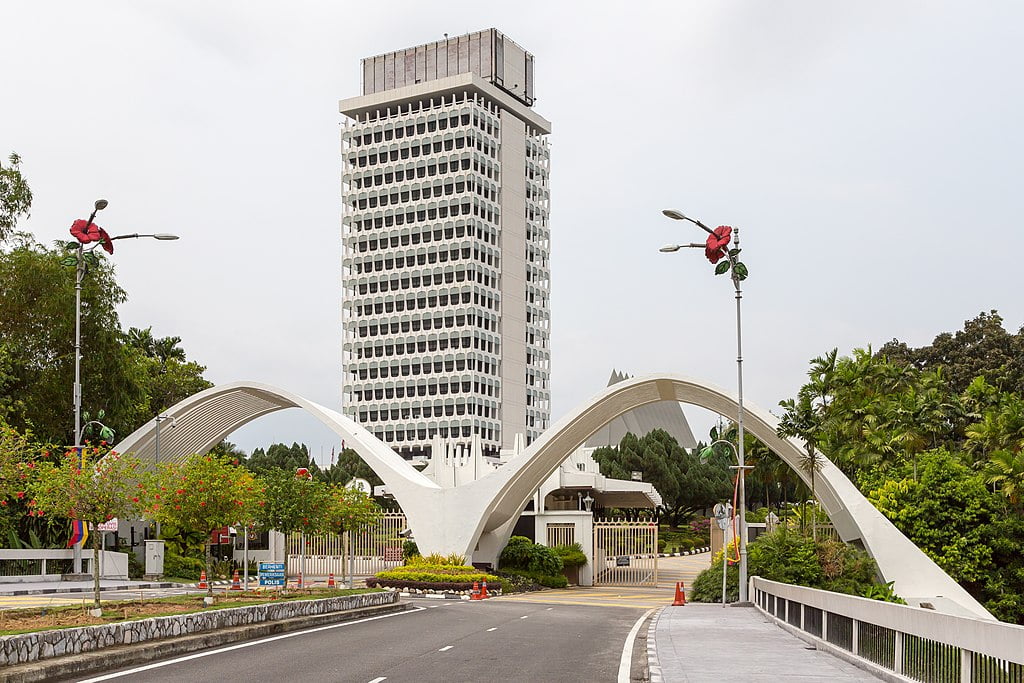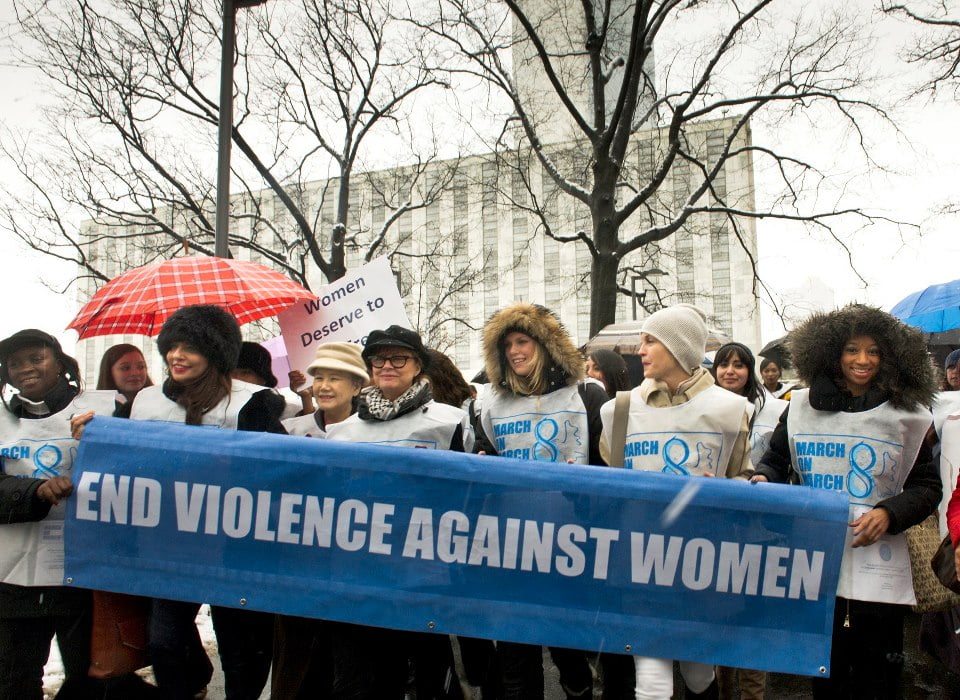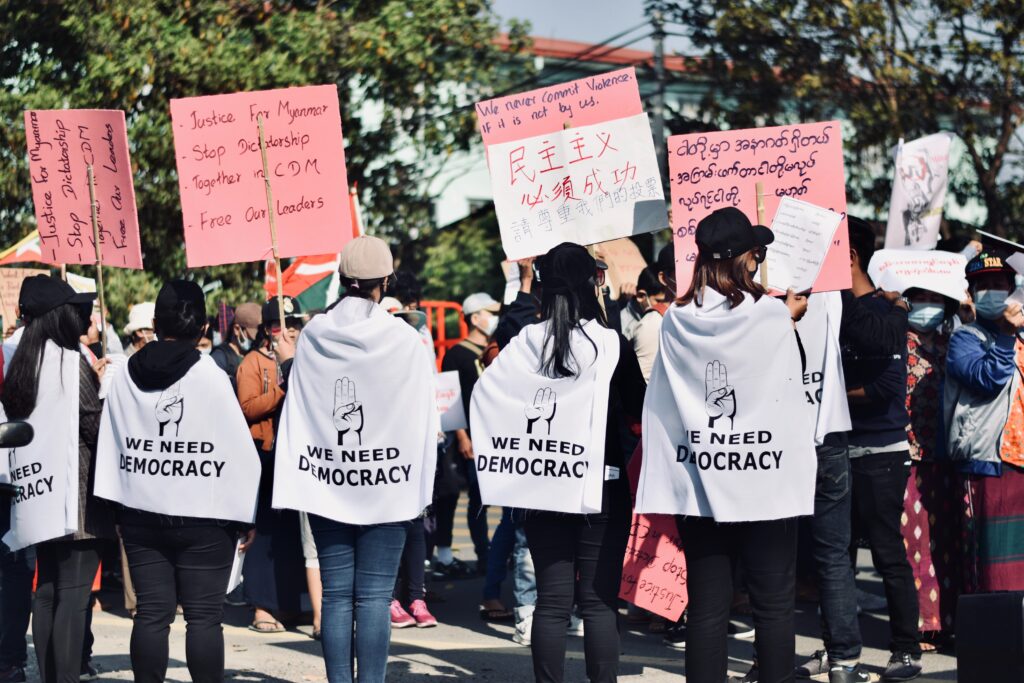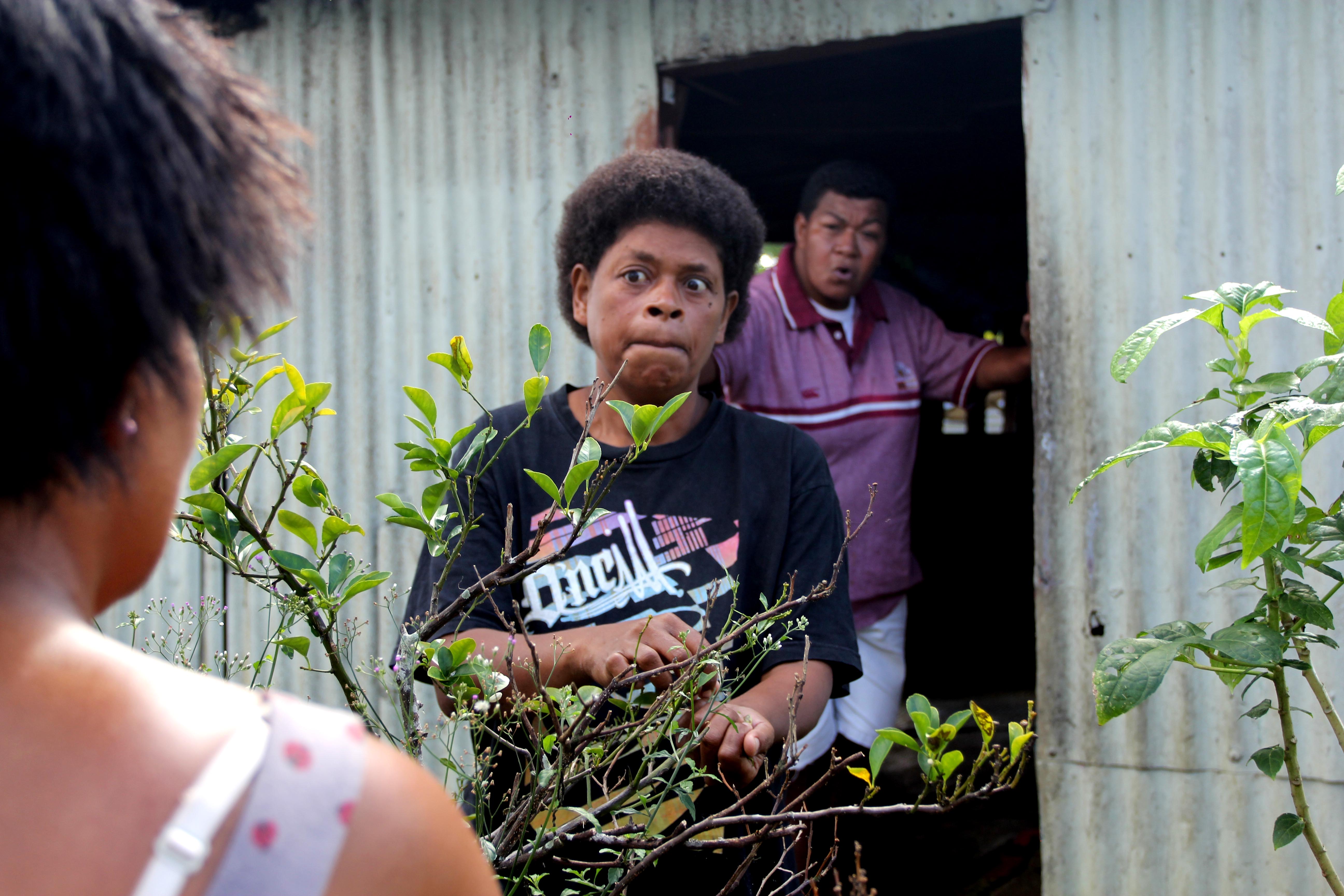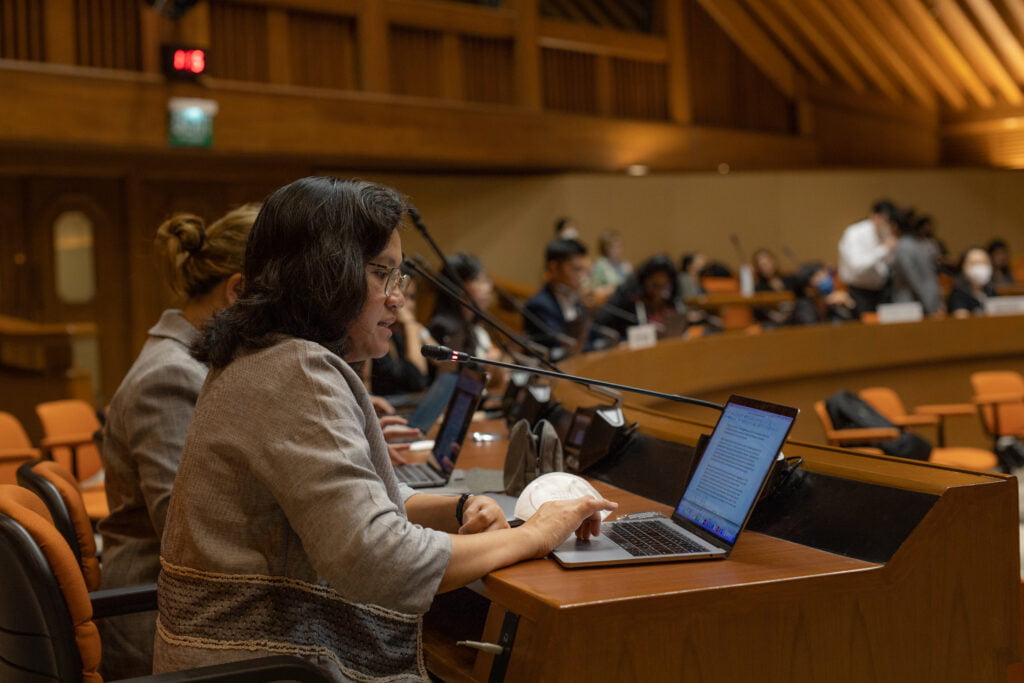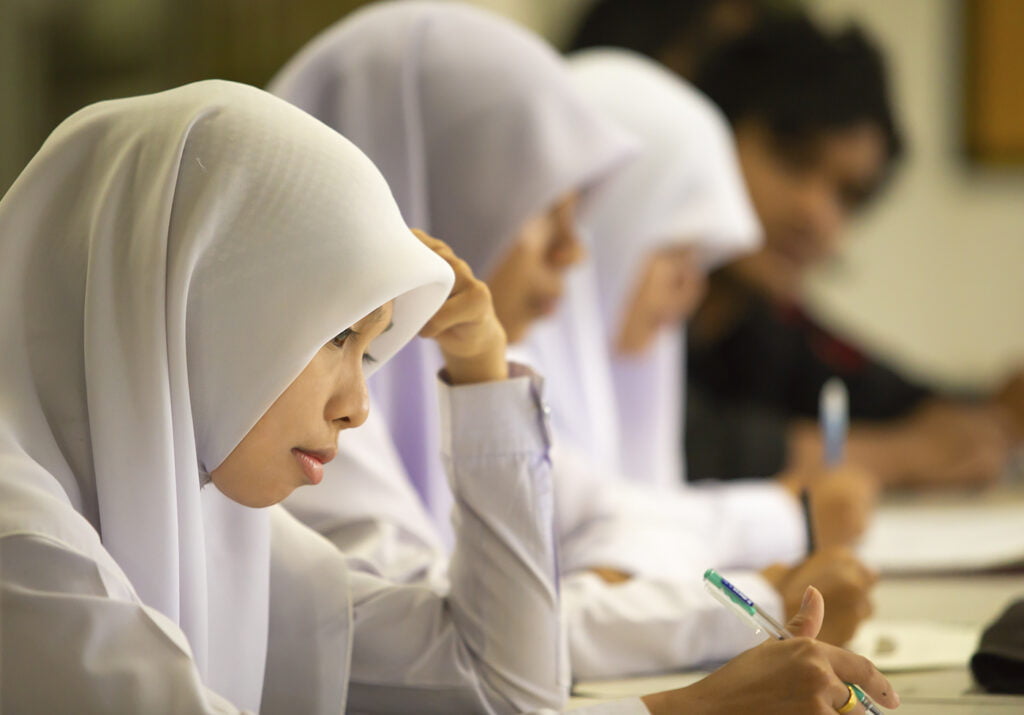There needs to be a nuanced approach to reintegrating former ISIS women back into western society.
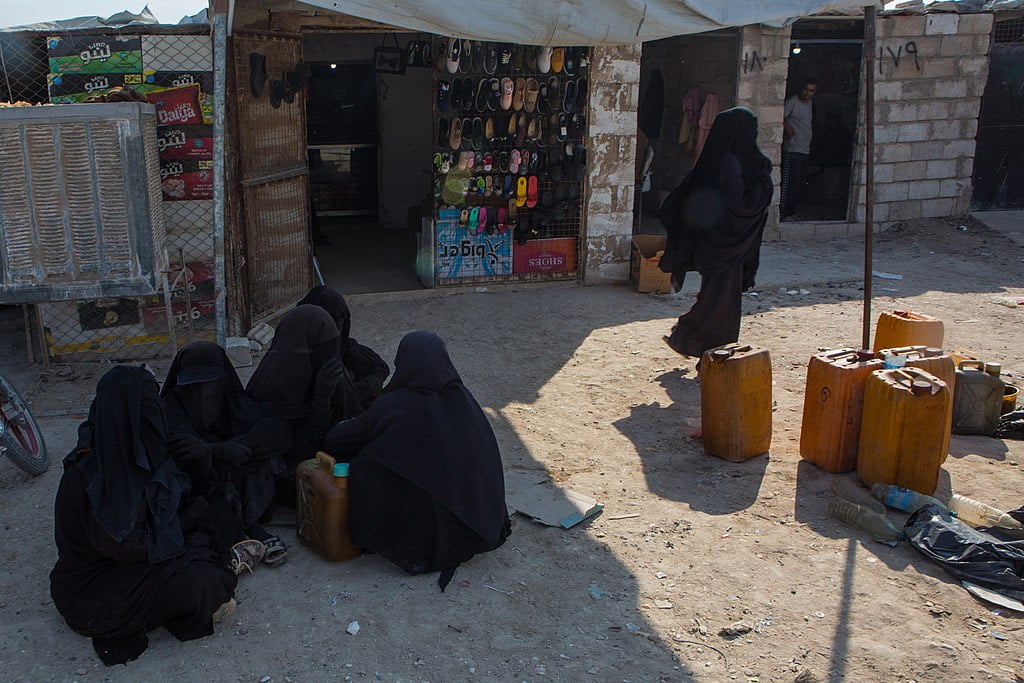 Countries around the world continue to grapple with returning members of ISIS and how to best reintegrate former members into society. : Voice Of America Public Domain must credit VOA
Countries around the world continue to grapple with returning members of ISIS and how to best reintegrate former members into society. : Voice Of America Public Domain must credit VOA
There needs to be a nuanced approach to reintegrating former ISIS women back into western society.
Shamima Begum, a British woman who left the United Kingdom at 15 to join the Islamist terrorist group ISIS, last month lost her latest appeal against the British Government’s decision to strip her citizenship on national security grounds.
Government lawyers claimed her views had aligned with the terrorist group and she stayed in Syria for four years until 2019, but her lawyers argued the Home Office failed to investigate whether she was a “child victim of trafficking”.
Countries around the world continue to grapple with returning members of ISIS and how to best reintegrate former members into society amid the concerns surrounding their potential for national security.
The repatriation of former ISIS members is key to peacebuilding and conflict prevention. Foreign fighters remaining in conflict zones raises the risk of re-radicalisation, and may contribute to the mobilisation of terrorist groups. All countries involved in repatriation programs need to be aware of the nuanced nature of women’s experiences in conflict.
Of the 41,490 people who travelled to Iraq and Syria to become affiliated with ISIS, 10-13 percent were women. This figure is likely an under estimate, given gaps in country data. Women’s ability to reintegrate into society will depend on the appropriate disengagement, deradicalisation or support programs which need to consider their whole experience on a case-by-case basis.
However, effective peacebuilding also requires recognising women’s power in the post-conflict transition process. Women are capable of being agents in countering and preventing violent extremism by facilitating prevention and reintegration themselves.
Research found mothers play a key role in engaging with their communities on the threat of violent extremism in the public sphere, enabling them to break the chain of extremism. They may be able to detect “early warning signs” of extremism within the home and community.
But there are risks in placing the responsibility only on mothers, especially given the stereotyping of women to traditional gender roles may play a role in radicalisation. Women also lead and participate in grassroots community organisations that provide community support, and tackle harmful beliefs that can contribute to extremism. Governments often exclusively partner with self-proclaimed community leaders and large-scale religious organisations where men dominate leadership positions.
In October 2022, the Australian Government repatriated 17 women and children associated with ISIS from the Al Hol Camp in Syria. All the women allegedly joined because they were married or related to ISIS fighters.
We know relatively little about the exact conditions and reasons under which these specific women were repatriated over others, other than the fact that, according to ASIO, they present “very low” security risks and were some of the most vulnerable of the group.
The decision raised questions about how the government plans to deal with the remaining women still in the camps and ignited political debates. Australian opposition home affairs spokeswoman Karen Andrews said, “there was always a very strong view women, in particular, went there by choice… and they were complicit, generally, in the role they were expected to play… to support ISIS and foreign fighters.”
Some suggested women’s individual choices should play a role in assessing the level of threat they face to the Australian community upon return.
Women’s agency — or having the power and ability to make their own decision — in joining ISIS is far more nuanced than the matter of coercion versus willingness. This has implications for how we repatriate women, how we approach reintegration and the active role they can play in post-conflict transition processes.
The global media has often portrayed women in ISIS as agentless victims, while women fighting ISIS have been granted agency.While women in ISIS likely did have the power to make their own decisions, this power was enabled or constrained by the patriarchal structures of the group itself — it’s not as straightforward as women either being coerced or willing to join ISIS.
Women participating in extremism may also join as victims but later become perpetrators or vice versa — to improve their situation due to personal relationships or because they were indoctrinated with radical ideas.
The common misconception of women who join ISIS has been they were “tricked, brainwashed or sexually lured.” Much like men, women were often motivated to join by a mixture of political, social and economic reasons. Coercion may play a role in gendered ways from forced marriages, to the romanticised images that ISIS created of women’s lives under the caliphate. Some women describe joining willingly but becoming disillusioned once they realised the reality of their situation.
Beyond motivations, other research has focused on the roles that women took up while in ISIS. ISIS propagated the idea a woman’s jihad should be confined to the domestic sphere, which was in line with their belief in strict and traditional gender roles.
On the ground, women assumed roles as mothers to the next generation of jihadists and supportive wives to their husbands. Many took this to mean that such women participated only passively, ignoring the importance of domestic roles in building ISIS’ state vision. This is reflected in the term “ISIS brides”, commonly used in the media.
Beyond domestic roles, ISIS also employed women in administrative roles, as fundraisers, propagandists and recruiters. Women were also recruited into some policing roles where they were responsible for policing other women according to ISIS’ strict gender codes. There is evidence to suggest women may have taken on combat roles, particularly when ISIS was in decline and in need of people on the front lines.
However, women can also exert active agency in carving out their own roles and responsibilities, for better or worse. In Kurdish-run camps, where women and children are isolated from men, some women continue to propagate ISIS’ strict behavioural codes, by punishing other women and children who do not abide by ISIS-imposed rules.
Other research suggests women likely resisted ISIS’ dress code and enforcement of sex slavery and polygamy, given the numerous propaganda materials that chastised women for doing so.
Sexual violence was also significant in shaping women’s experiences of ISIS during its rule. This was not limited to the sexual slavery of Yazidi women, but also involved the forced marriage and rape of Sunni Muslim girls and women. In some cases, women may have been coerced into facilitating these crimes, meaning they can be both active participants but also victims.
Christina Schmid is a PhD candidate at the Monash Gender, Peace and Security Centre, studying gender regimes in insurgencies. She completed her Master of International Relations and her Arts Honours degree at Monash University.
Dr. Alexandra Phelan is a Lecturer in Politics and International Relations and an affiliate of the Monash Gender, Peace and Security Centre.
Originally published under Creative Commons by 360info™.



